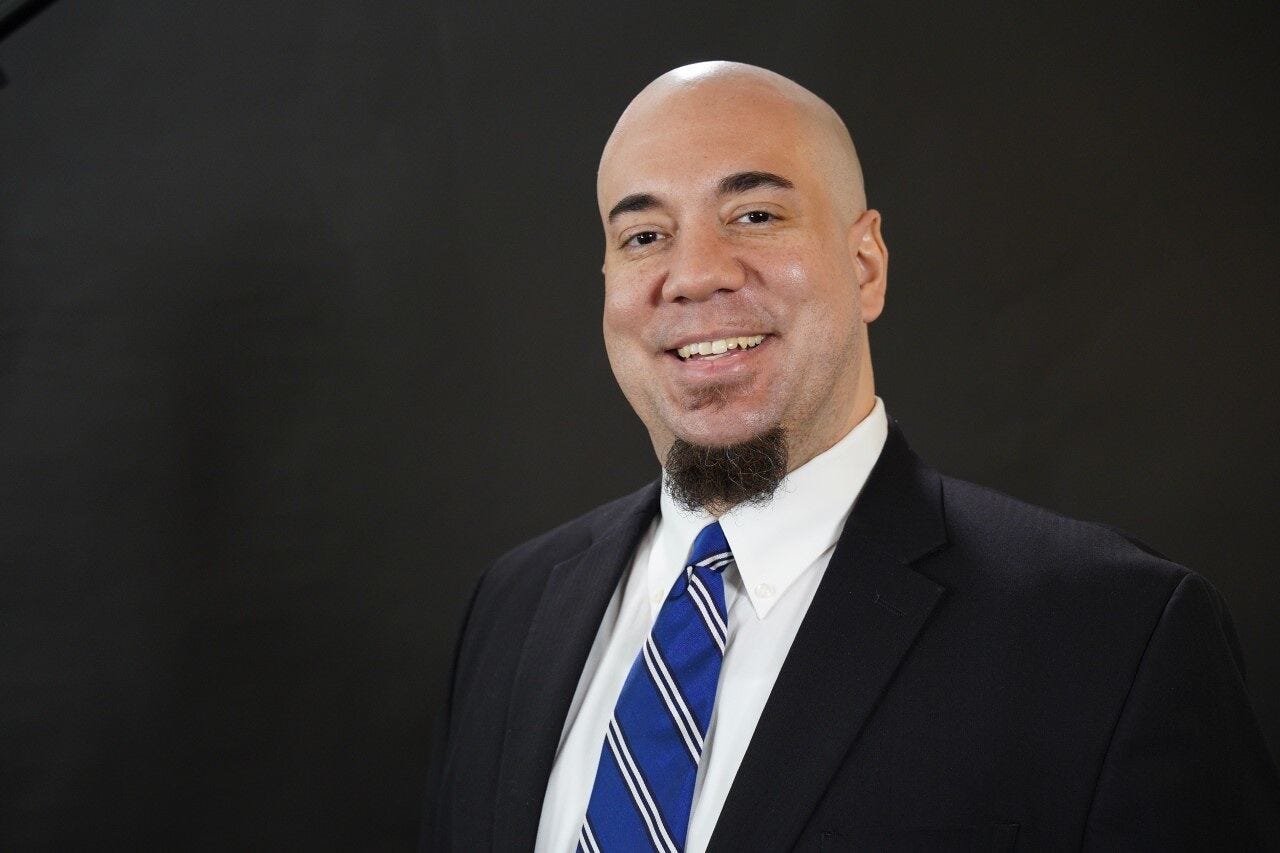Wilfred Reilly is a political scientist and professor at Kentucky State University and has established himself as a leading researcher in race relations. In 2019, he published Hate Crime Hoax: How the Left Is Selling A Fake Race War. Last year, he published his latest book: Lies My Liberal Teacher Told Me, a no-holds-barred exposé of the political falsehoods perpetuated through American education.
But why did we invite him on?
Race relations, on the face of it, seem to be getting worse. But we wanted to know for sure, so we went to an expert. As much as he critiques the left’s obsession with racial grievance, Wilfred is no partisan. He has long been a public critic of President Trump’s rhetoric and, in 2016, he participated in a televised debate about the merits of diversity, taking the in-favour position against ‘white advocate’ Jared Taylor. We wanted to hear his balanced perspective on the current state of left and right and whether we’re as (violently) divided as is often made out.
So what did we learn?
By almost every perceivable metric, race relations are getting better. People are becoming less racist and more open, and all the traditional measures (interracial relationships, willingness to vote for members of another race, etc.) are offering promising results. So why do things seem so terrible? ”Why did race relations go from being viewed as 70% positive to 30% positive when they were [objectively] improving?”
Wilfred makes no bones about it: we are being deceived.
The data points in one direction, but the media insists that hatred is on the rise, and we seem to be buying the story. Wilfred warns that, in reality, the claims are fraudulent. And sometimes you don’t even have to look that hard. As he puts it: ”If you see a swastika with backward arms, you’re probably encountering a hoax.”
One of the key cases of the last few years is the widely mocked Jussie Smollett saga. Soon after it happened in 2019, Wilfred authored an editorial piece in USA Today, exposing not just the absurdity of Jussie’s tale, but just how non-unique his case is.
”This story illustrated to a lot of people that the worst was still going on. An innocent gay black man is abused, he fights back bravely… it’s the perfect story. The only problem was that it was fake … I’m from Chicago … The idea that there would be two people walking through there with patriotic ski masks and MAGA hats, carrying ropes? Nooses? Bottles of bleach? There would be a brawl … it struck me as inherently ridiculous.”
But why did Jussie lie? What compelled him to fabricate such a bizarre claim? Wilfred breaks down the psychology of the modern progressive left, making clear what might motivate an already successful, well-known person to fictionalise their victimhood.
It’s easy to laugh at Jussie’s outlandish story. But that’s not to say it was harmless. If these stories keep catching on, what does that mean for the future? What does it say about society today?




